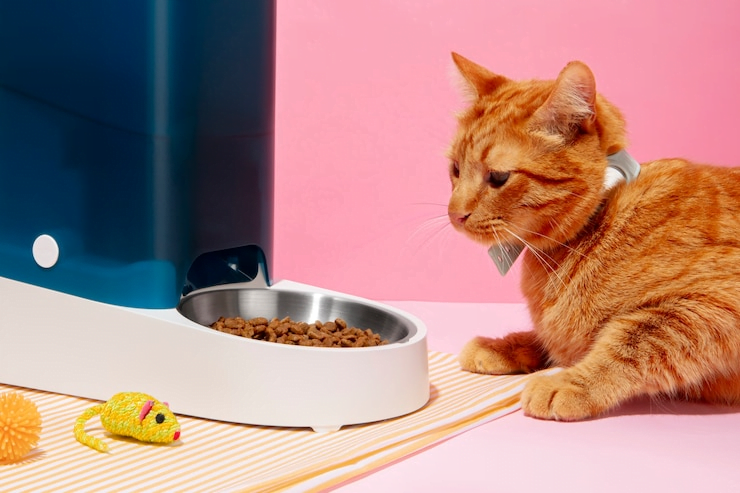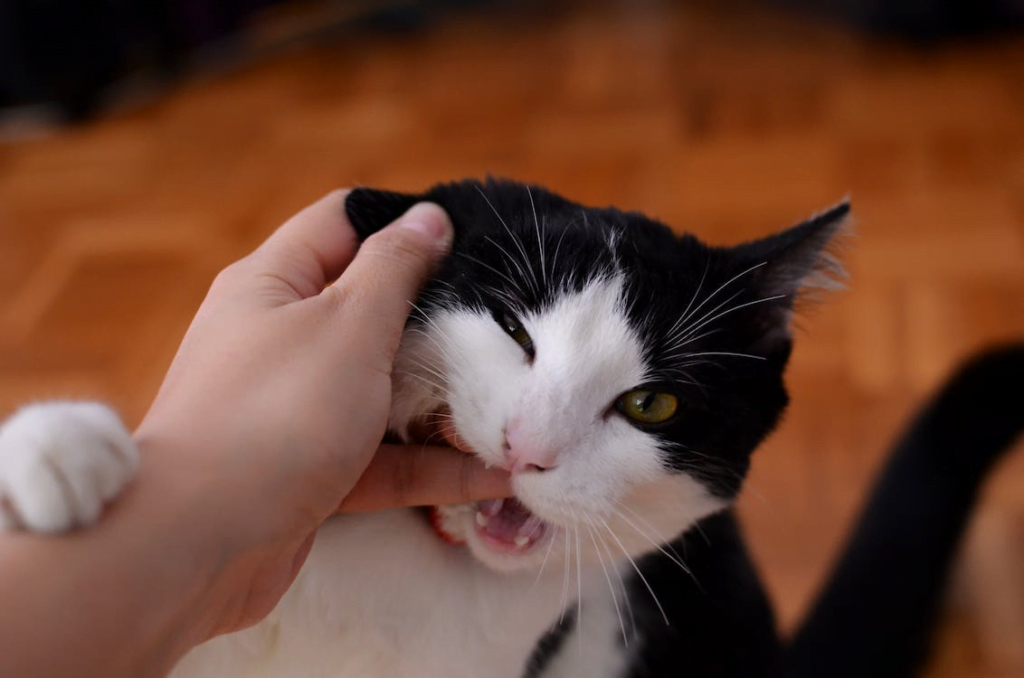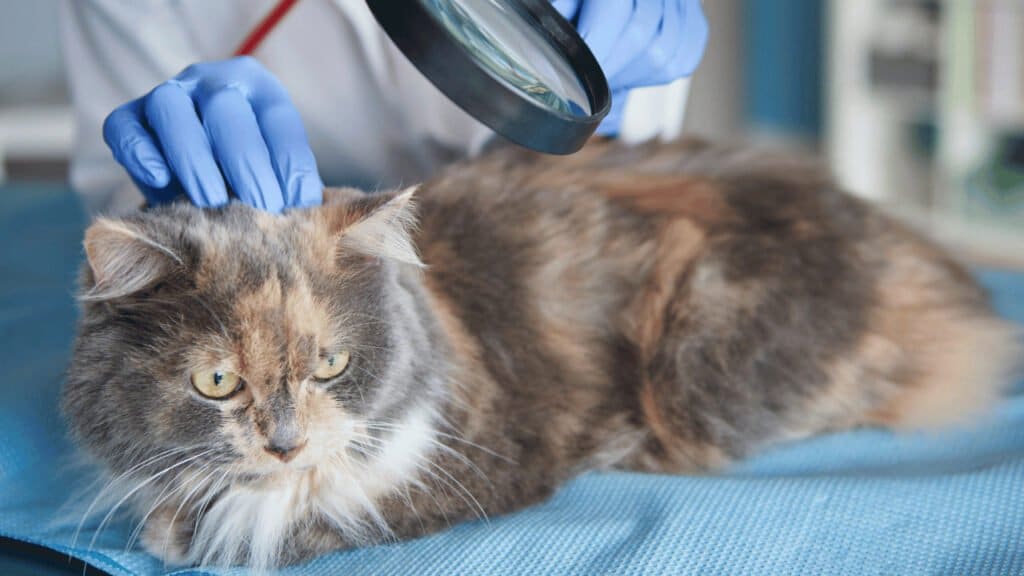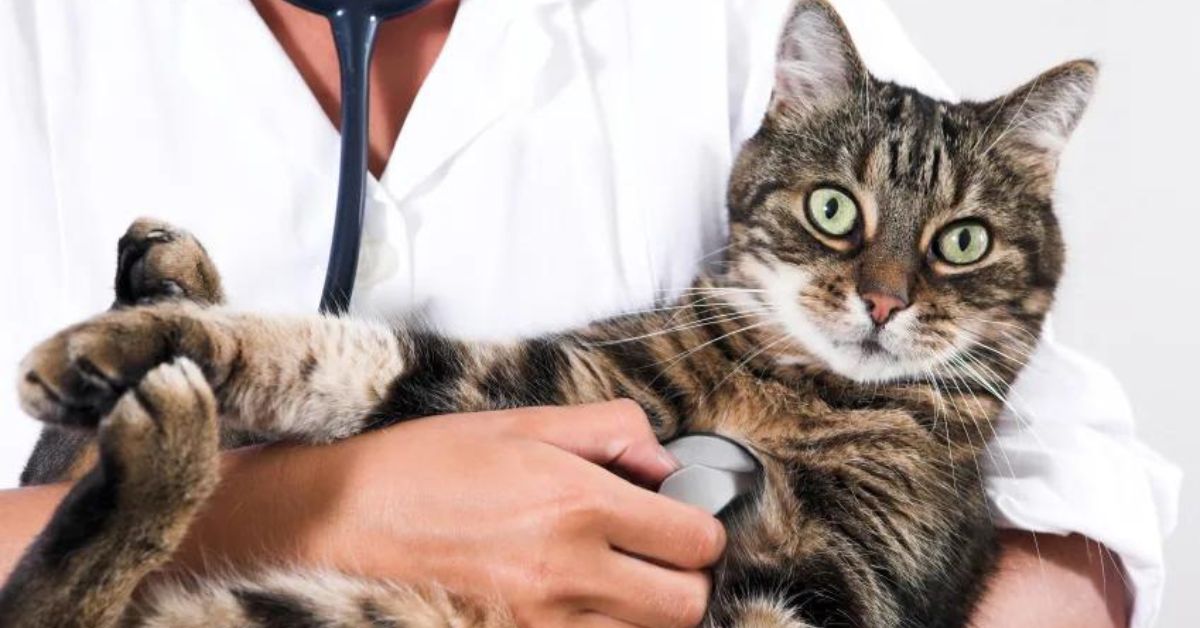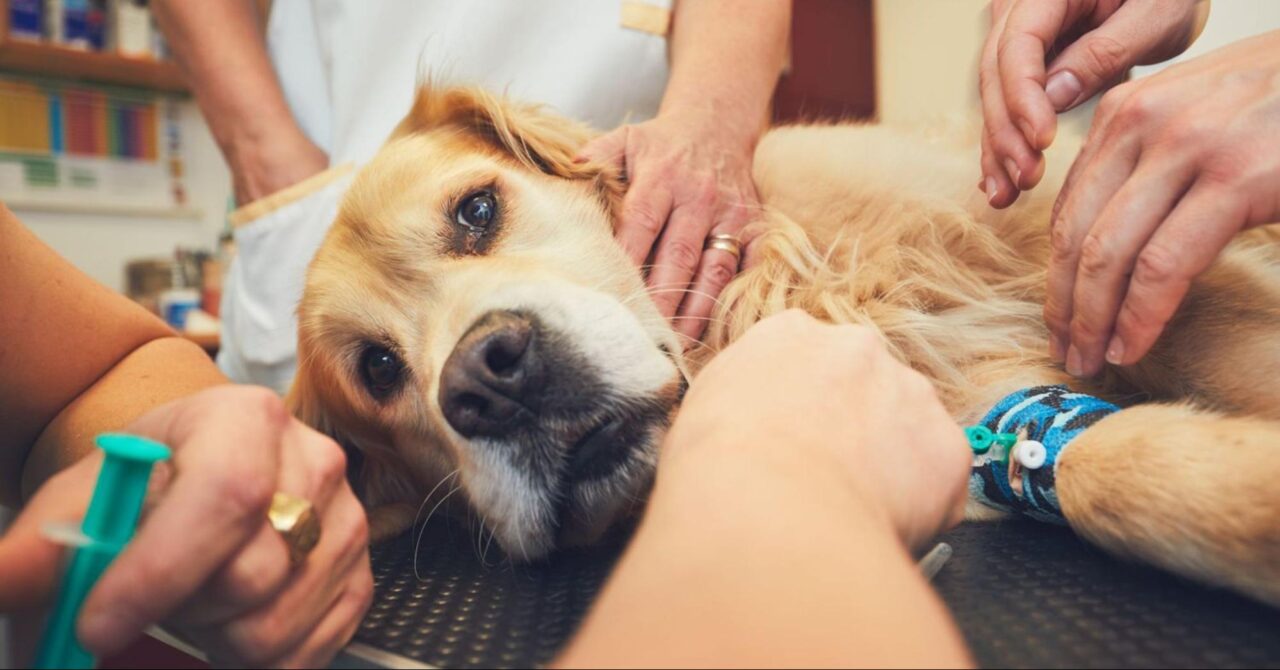Spaying a pregnant cat, or performing an ovariohysterectomy, Can You Spay a Pregnant Cat? is a surgical procedure that entails removing a cat’s ovaries and uterus. This practice, while not universally recommended, is sometimes considered for various reasons such as overpopulation control, health concerns, and the well-being of the cat. Animal shelters and rescues are often confronted with the challenging decision of spaying pregnant cats to manage the overwhelming influx of strays.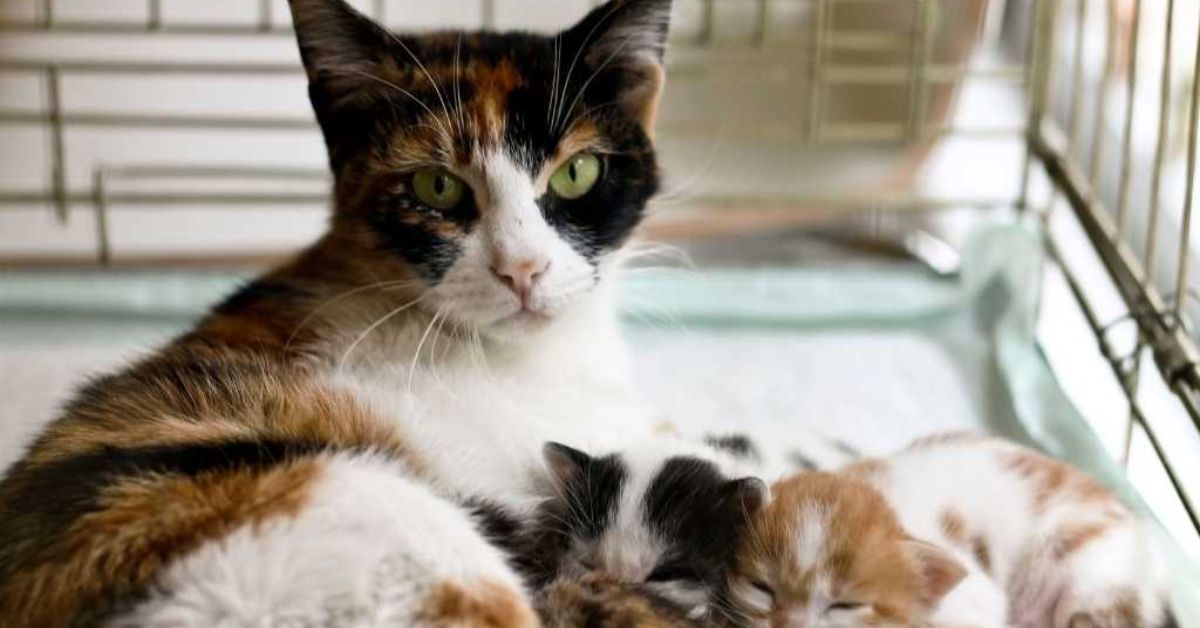
However, the procedure presents ethical and medical dilemmas. While spaying can mitigate the chance of future health complications like uterine infections and certain cancers, it inevitably terminates the existing pregnancy. Veterinarians must assess both the stage of the pregnancy and the overall health of the cat before proceeding.
Owners and caregivers are often educationally guided to understand the implications, benefits, and risks associated with spaying a pregnant cat, making informed consent a crucial part of the process. Balancing animal welfare, ethical considerations, and public health forms the crux of this delicate decision.
Can You Spay a Pregnant Cat?
Yes, a pregnant cat can be spayed, though the decision to do so involves considerable ethical and medical contemplation. Spaying a pregnant cat, known as an ovariohysterectomy, involves the surgical removal of the ovaries and uterus. This procedure ultimately terminates the pregnancy. It is not typically the first choice of action unless there are compelling reasons, such as managing the cat overpopulation crisis or addressing the health concerns of the cat.
Veterinarians evaluate several factors before deciding to spay a pregnant cat, including the stage of the pregnancy, the health status of the cat, and potential risks associated with the surgery. The principle of informed consent is critical; pet owners should be thoroughly educated about the procedure’s implications, benefits, and risks.
When performed early in the pregnancy, the procedure tends to be less complicated and poses fewer health risks to the cat. However, as the pregnancy progresses, the complexity and risk factors of the surgery increase. Ultimately, the decision should be guided by humane considerations, veterinary advice, and a holistic view of animal welfare.
Should You Spay a Pregnant Cat?
Deciding whether to spay a pregnant cat is complex, especially when considering the stage of pregnancy and the welfare of the unborn kittens. If it’s a late-term pregnancy, the ethical implications and potential fetal suffering become more significant. Veterinary guidelines, such as those from the Journal of the American Veterinary Medical Association, can provide direction, but the decision often depends on individual circumstances. 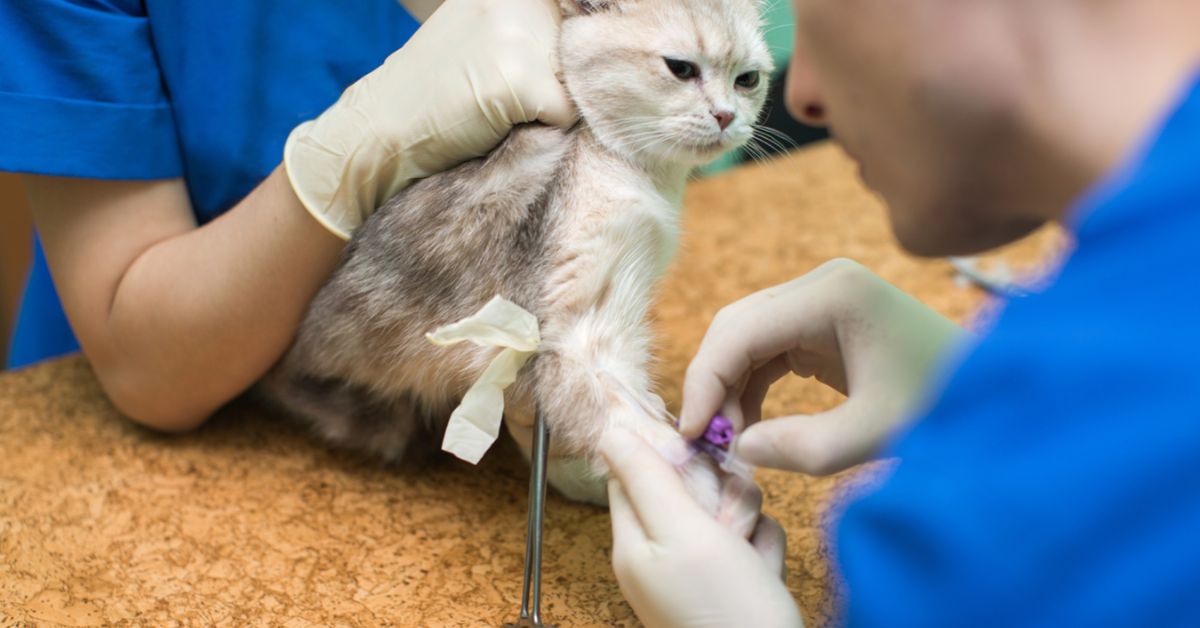
Animal shelters and rescue organizations, including humane societies and Alley Cat Allies, frequently deal with these situations to address the pet overpopulation crisis. Spaying can prevent the birth of unwanted kittens and help manage the enormous cat overpopulation problem, but it involves difficult questions about the lives of feral kittens.
Foster homes and networks may offer alternatives by caring for pregnant females until they can give birth to kittens, ensuring they find permanent homes. The screening process before sterilization surgery is essential to ensure the health and safety of the pregnant animal.
What Are the Consequences of Not Spaying a Cat?
Leaving your cat unspayed can have serious repercussions. Unspayed females can become pregnant as young as months old, rapidly contributing to pet overpopulation. Each litter adds to the burden on animal shelters and rescues, already struggling to find permanent homes for homeless animals.
Spaying your cat before pregnancy eliminates the possibility of unwanted kittens, avoiding tough decisions about their future. While veterinary guidelines allow spaying pregnant animals (pregnant spay) in some cases, it’s a more complex surgery with increased risks.
Late-term pregnancy further complicates the procedure, potentially causing suffering for the developing kittens. Spaying before pregnancy offers numerous benefits.
It prevents unwanted litter and the stress of finding homes, but more importantly, promotes your cat’s health. Spaying significantly reduces the risk of mammary cancer, uterine infections, and other serious health problems. By spaying your cat, you’re making a responsible choice for your pet’s well-being and helping address the critical issue of pet homelessness.
Can I Spay My Cat When She’s in Heat?
There are significant consequences to consider when you don’t spay your cat. Unspayed females can get pregnant at a very young age, just months old, which fuels the already enormous pet overpopulation problem. Every litter adds to the number of homeless cats straining animal shelters and rescue organizations. 
Spaying your cat before pregnancy eliminates the possibility of unwanted kittens, sparing you the challenge of finding them homes. While veterinary guidelines allow spaying pregnant animals (pregnant spay) in rare cases, it’s a more complex surgery with increased risks for both the mother and the developing kittens.
Late-term pregnancies further complicate the procedure. Spaying your cat before pregnancy offers numerous benefits. It prevents unwanted litters and the stress of rehoming kittens, but more importantly, it promotes your cat’s health. Spaying significantly reduces the risk of mammary cancer, uterine infections, and other serious health issues. Choosing to spay your cat is a responsible decision for your pet’s well-being and helps address the critical issue of pet homelessness.
Is it Possible to Spay a Pregnant Cat?
Spaying a pregnant cat is a delicate decision that involves balancing the cat’s health, ethical considerations, and the welfare of unborn kittens. Here’s what you need to know: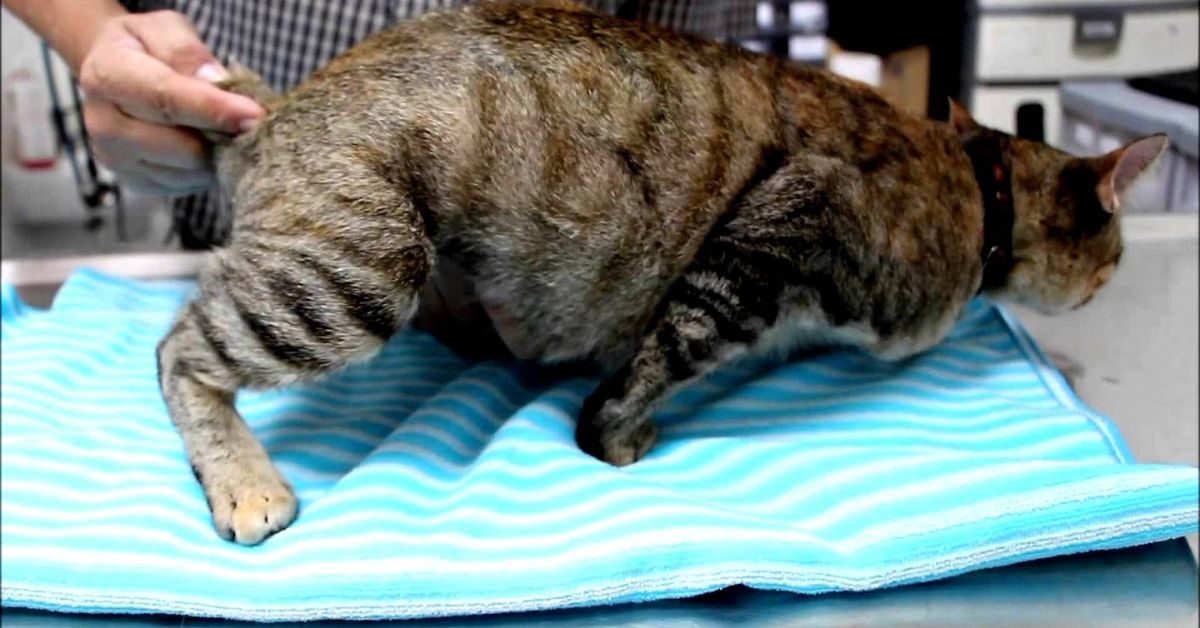
- Late-Term Pregnancy and Surgery: Veterinarians can perform spaying during late-term pregnancy, typically after the first month. However, this procedure will terminate the pregnancy, preventing the birth of the unborn kittens. The surgery is more complex due to the enlarged uterus and fetal kittens.
- Ethical Considerations: Responsible pet owners face difficult questions. If you decide to proceed, ensure the cat is in good health. Consider the stage of pregnancy and consult with your vet. Finding homes for a litter of kittens can be challenging, so weigh the options carefully.
- Addressing Pet Overpopulation: Spaying pregnant females contributes to solving the enormous cat overpopulation problem. It ensures permanent homes for cats and prevents unwanted kittens. Veterinary guidelines emphasize minimizing fetal suffering during the surgery.
- Supportive Networks: Consider foster networks, animal shelters, or rescue organizations. They can help find homes for kittens and provide care during the recovery period.
Remember to consult your veterinarian for personalized advice based on your cat’s specific situation!
When to Consider Spaying a Pregnant Cat
Spaying a pregnant cat is a complex decision that involves balancing the cat’s health, ethical considerations, and the welfare of unborn kittens. Here are key points to consider:
- Late-Term Pregnancy and Surgery: Veterinarians can perform spaying during late-term pregnancy, typically after the first month. However, this procedure will terminate the pregnancy, preventing the birth of the unborn kittens. The surgery is more complex due to the enlarged uterus and fetal kittens.
- Ethical Dilemmas: Responsible pet owners face difficult questions. If you decide to proceed, ensure the cat is in good health. Consider the stage of pregnancy and consult with your vet. Finding homes for a litter of kittens can be challenging, so weigh the options carefully.
- Addressing Pet Overpopulation: Spaying pregnant females contributes to solving the enormous cat overpopulation problem. It ensures permanent homes for cats and prevents unwanted kittens. Veterinary guidelines emphasize minimizing fetal suffering during the surgery.
- Supportive Networks: Consider foster networks, animal shelters, or rescue organizations. They can help find homes for kittens and provide care during the recovery period.
Remember to consult your veterinarian for personalized advice based on your cat’s specific situation!
I’ve provided a concise and informative paragraph about spaying pregnant cats, considering the keywords you provided. If you need further details or have additional questions, feel free to ask!
Conclusion
Spaying a pregnant cat involves complex decisions with significant risks and ethical considerations. Consulting with a veterinarian and weighing all options is crucial. Whether to spay or explore alternatives, such as foster care, the health and well-being of the cat should be prioritized. Addressing the cat overpopulation problem humanely ensures better outcomes for both pets and their potential litters.
FAQ
What happens if a cat is pregnant and gets spayed?
Although a dog can be spayed at any time during her pregnancy, pet parents will likely have difficulty locating a veterinarian who is willing to perform the treatment later in the pregnancy. A pregnant dog can end her pregnancy by spaying her; the earlier in the pregnancy the greater the risk.
Can you spay while pregnant?
Technically speaking, a dog can be spayed at any point during her pregnancy, but pet parents will have a hard time finding a vet willing to carry out the procedure during the later stages. Spaying a pregnant dog will terminate the pregnancy, and the further along she is, the riskier it becomes.
How long after pregnancy can a cat be spayed?
Although it may be tempting to have your pregnant female pet spayed as soon as possible, it is advisable to hold off until her milk has stopped producing and the litter has been completely weaned off, which should be at least two weeks later. For pups, this is typically at four to five weeks old, while for kittens, it is at five to six weeks.
Can a cat get pregnant right before getting spayed?
Before spaying my cat, should I allow her to go through an estrous cycle or have a litter of kittens? Allowing a cat to go through the estrous cycle or produce a litter of kittens before spaying is not justified in any way. Cats have the potential to conceive during their first estrous cycle, which raises the possibility of unintentional reproduction.


